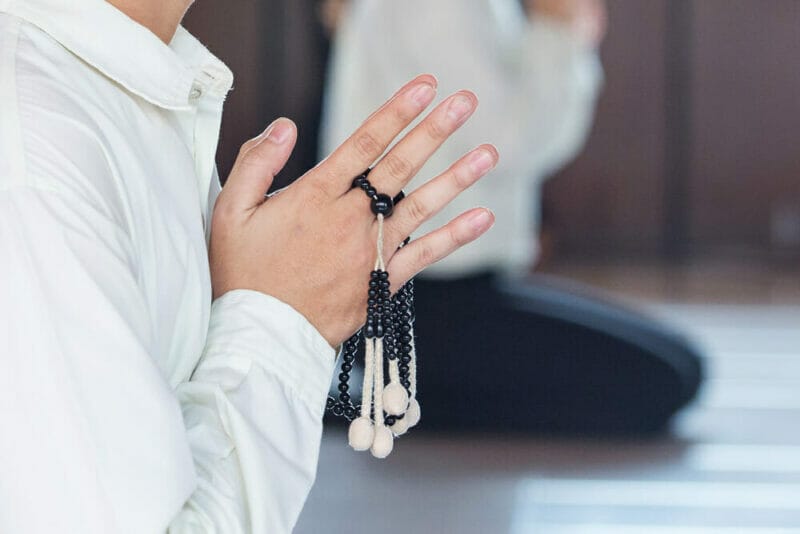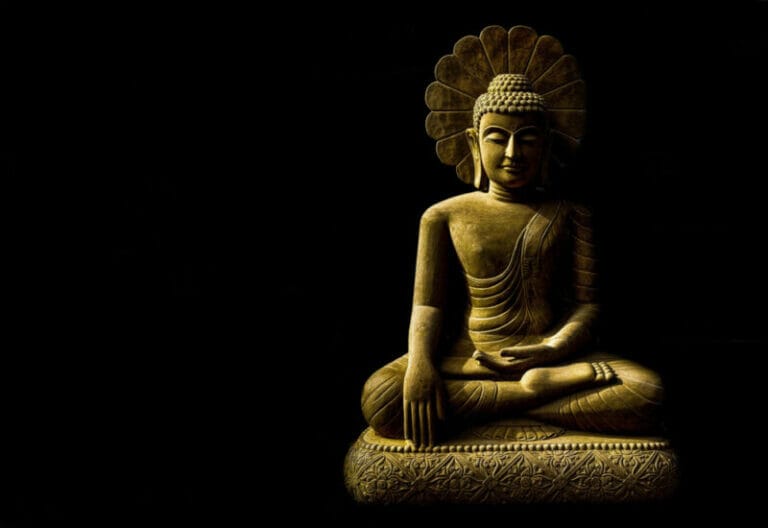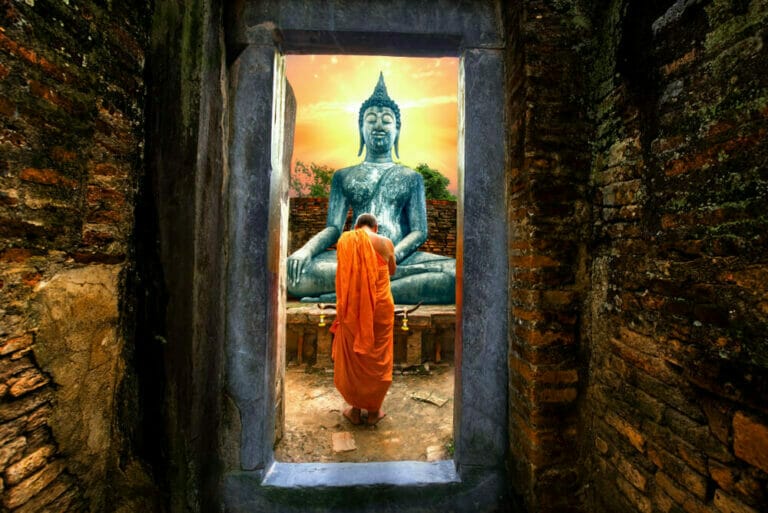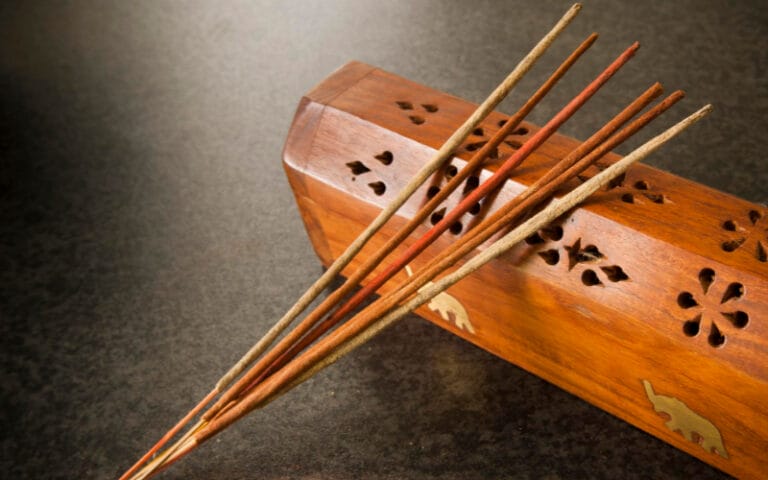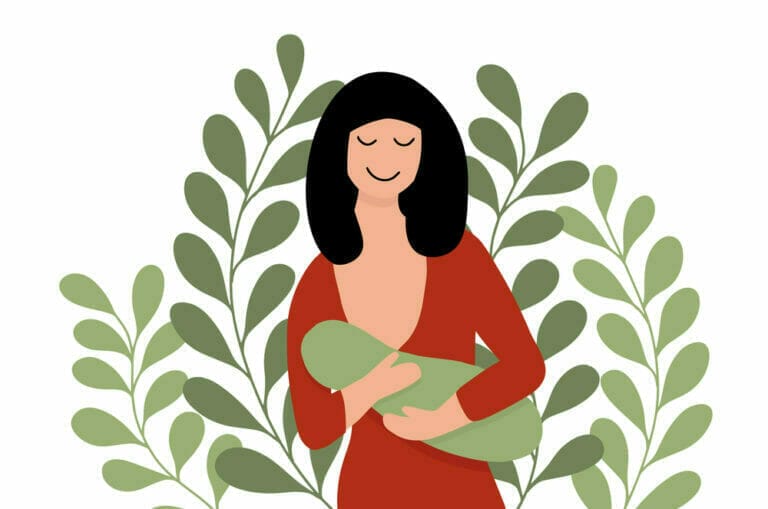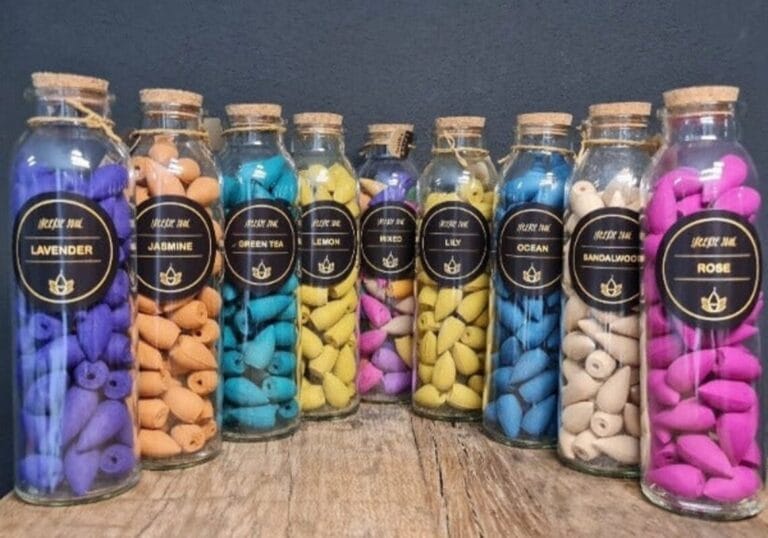Spiritual Essence of Soka Gakkai Beads: Tradition Meets Modernity
Islam, Buddhism, Catholicism, and Judaism are some of the leading religions that use prayer beads. Among these, the Soka Gakkai prayer beads are particularly well-known and widely used by Buddhist practitioners.
These traditional beads are commonly used during prayer and meditation. Additionally, juzu prayer beads are considered to be one of the three essential items possessed by practitioners of Nichiren Shoshu.
The other two items are a copy of the Gohonzon, a sacred mandala inscribed by Nichiren Shonin, and a carrying case for the Gohonzon.
Soka Gakkai Prayer Beads Guide
The Soka Gakkai juzu prayer beads are also known as “nenju.” They consist of 108 beads of varying sizes, which is a characteristic shared by many traditional Buddhist rosaries.
These beads symbolize the numerous earthly desires that practitioners aim to transcend.
Juzu beads may be made from various materials, with agate, crystal, and coral being the most common choices. However, almost any type of stone or wood can be used.
The beads are usually strung together with threads.
Structure:
In addition to the 108 beads, Soka Gakkai prayer beads feature a third dangle on the side of the “mother” bead.
This dangle consists of 10 beads and a “Kosen-Rufu” bead, which is a symbol of world peace in Japanese.
The dangle represents the desire for a world where all people can live in harmony and without conflict.
Prior to the emergence of Nichiren Buddhism, juzu beads had only two dangles on each end.
The third dangle was added to the “mother” bead to distinguish Nichiren Buddhism from other sects of Buddhism.
In addition to these three dangles, there are four more dangles with a differently shaped bead at various points along the string.
Components of dangle in Soka Gakkai prayer beads
In Soka Gakkai prayer beads, there are a total of five dangles out of which two are attached to the father bead and three are attached to the mother bead.
The components of each dangle are the same whether it starts from the mother bead or the father bead. Starting from here there are 10 small beads which are arranged in a circle and held by a small bead then again a separate row of 5 beads starts each of which ends in a separate large bead called Jars.
After again a chain of small beads progresses which finally ends up into a large bead called Kosen Rufu.
One peculiar dangle is the fifth one that originates from the small beads in a row, not from the mother bead itself.
Also there is a bead named Absolute truth in between father bead and Jar just before the circular arrangement of small beads starts.
Some peculiar beads in main body of Soka Gakkai beads
In the main body of Soka Gakkai beads, in addition to the main beads there are 4 special beads which are colored differently with the rest of the beads of the main body.
These four beads are the representatives of Bodhisattvas; four virtues of Buddha’s life.
- The first represents the true self of the Buddha,
- The second represents the purity of the Buddha,
- The third the boundless eternity of the Buddha and
- The fourth is the happiness of the Buddha.
How to hold the Soka Gakkai prayer beads or Juzu in hand?
There is absolutely a specific way in which to hold Soka Gakkai prayer beads in hands. It is important to hold the bead in the dominant hand so as to have a sufficient grip on it.
The main body of prayer beads should be facing the palm side while the two of the dangles are on the opposite side. Thumb is usually used to move the beads along the thread while reading mantra or chant. Full rotation is completed after every guru bead.
Uses:
The beads are used in a number of different ways. Normally they are used as a tool and a spiritual focal point.
Many people even use prayer beads to help them through stressful times in their lives, such as the death of a loved one or a time when the person wants to find their own way in the world.
It is common for a person to repeat a mantra, or a prayer, as they count their prayer beads. As the person repeats the mantra, they may rotate the beads between each repetition.
Although they are called prayer beads, they are used for much more than just praying.
Soka Gakkai juzu prayer beads are used as a method to set the mind to concentrate and encourage positive thinking, recitation of Buddhist mantras and the counting of breath.
These beads serve to center our minds and help us focus our thoughts on the inner self as we mindfully count each bead.
This is a great exercise because counting one bead at time closes up your awareness field so that you are concentrating with all your senses on the next bead.
Today most Buddhists use juzu beads more similarly to prayer charms as an aid for meditation and reflection on Buddha’s teachings whenever they feel their mind become restless or unfocused.
These counting accessories can help you both ground yourself spiritually and meditationally and calm your senses.
7 Best Soka Gakkai Prayer Beads
01. UMT Buddhist Prayer Beads with nenju Bag [*Amazon]
02. UMT Nichiren juzu Soka Gakkai Prayer Beads with nenju Bag [*Amazon]
03. UMT SGI Prayer Beads soka gakkai with nenju Bag [*Amazon]
04. UMT Buddhist Prayer Beads soka gakkai juzu with nenju Pouch [*Amazon]
05. UMT Buddhist Prayer Beads Nichiren juzu with nenju Bag [*Amazon]
06. Quad XL Brown Wood Beads W/White Fr Knots
07. XL Multi Color Wood Beads
DIY Soka Gakkai Prayer Beads Mala
Playing with the beads is a great way to relax and let go of the stress of the day.
You can make Soka Gakkai Beads at home by getting the necessary ingredients from Amazon at a very affordable price.
There are many videos on YouTube with instructions to make prayer beads. I am attaching a video below:
Best Bead Bags (Cheap Bulk Beads)
01. The Beadery Bonanza 5LB of Mixed Craft Beads [*Amazon]
02. Darice Big Value Plastic, 9mm, 1000 pieces [*Amazon]
03. The Beadery Giant Crayon Bead Box [*Amazon]
FAQs
What are Soka Gakkai prayer beads used for?
In Buddhism, Soka Gakkai prayer beads are used by practitioners to chant and do mantra. It is also used by the people as a tool for mental and spiritual concentration. However, many people use it for relieving their stress and anxiety and carry it with themselves.
How many beads are there in Soka Gakkai prayers beads?
A Soka Gakkai prayer beads typically consists of 108 beads which is considered as a sacred number in Buddhist traditions. There are one Guru bead, a mother bead, a father bead and four Bodhisattvas along with five dangles hanging from the main body. These are special beads with different colors while rest of the beads have same colors. All these sum up to total 108 beads.
Are there different kinds of Soka Gkkai prayers beads for specific purpose?
Although the main structure of Soka Gakkai prayer beads is same in all designs, there are multiple designs available that are used for different occasions and ceremonies. However, the purpose of these prayers beads remains the same like meditation and chanting.
How to hold the Soka Gakkai prayer beads in hands?
Saka Gakkai prayer beads much be held in the dominant hand so as to have a sufficient grip. The main body should face the palm and the two of the dangles are on the opposite side. Thumb is usually used to move the beads along the thread.
Parting Words
Saka Gakkai prayer beads hold the significant importance in the religious practices of Buddhists. It is widely used for doing mantra, meditation, various charms, and spiritual practices as well as to help a person to relieve the stress and anxiety.
The Soka Gakkai beads, also known as juzu or nenju, serve as a reminder of our shared humanity during prayer sessions.
They emphasize the idea that all people, regardless of differences, are connected on this planet and share a common experience.
Founded in 1930 by Japanese educator Tsunesaburo Makiguchi, Soka Gakkai is based on the teachings of Nichiren, a 13th century Japanese priest.
Makiguchi believed Buddhism could drive social change and the Gakkai movement gained popularity post-World War II in Japan.
Soka Gakkai International (SGI), established in 1975 by Daisaku Ikeda, is a global Nichiren Buddhist organization with the goal of promoting peace, culture, and education.
SGI holds consultative status with the United Nations Economic and Social Council and its members come from diverse nationalities and beliefs.
The name Soka Gakkai means “Society for the Creation of Value.”
Spread The Wisdom:
When you’re not sure what to pray for, pray for peace.
Unknown

